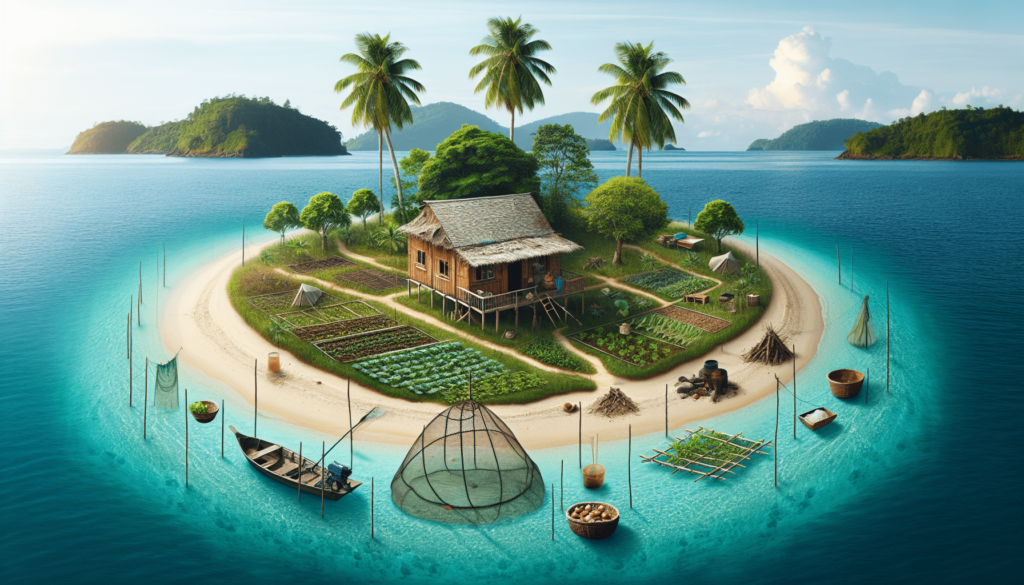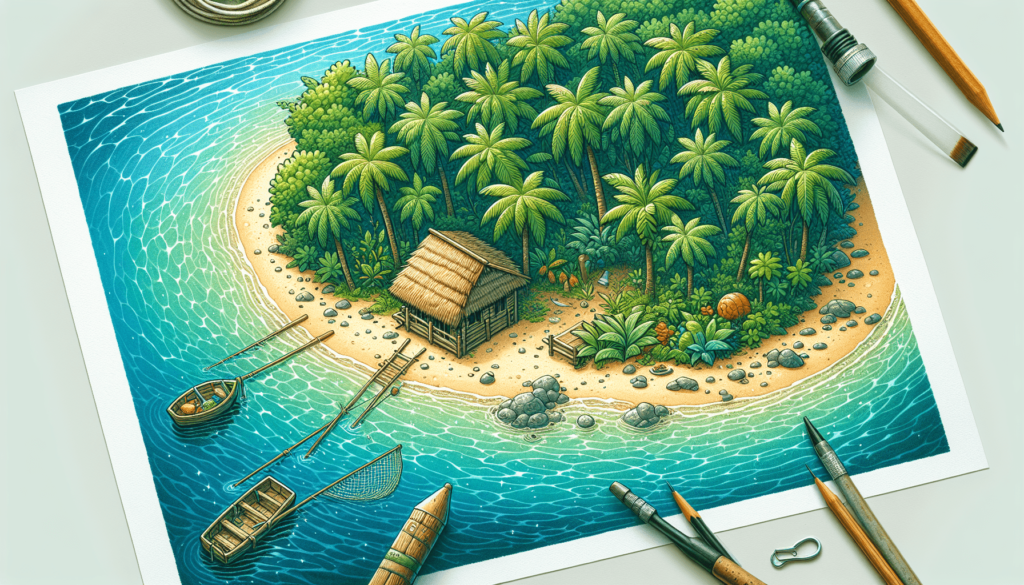
Have you ever wondered how people manage to survive on islands? When we think about island life, our minds may conjure images of coconuts, sandy beaches, and perhaps a volleyball that somehow becomes our best friend. Surviving in such isolation, away from the conveniences of modern society, might sound both thrilling and daunting.
From castaways to indigenous communities, surviving on an island presents a unique set of challenges and opportunities. The ingenious ways people adapt to this environment tell fascinating stories of resilience and resourcefulness. Let’s embark on this journey together.
Understanding the Challenges of Island Life
Living on an island is romanticized in literature and movies, but the reality presents some distinctive challenges. Let’s break them down:
Isolation and Limited Resources
One of the most significant challenges is the sheer isolation from the rest of the world. Unlike a bustling city where essentials can be found just around the corner, islands require us to be exceptionally resourceful. If we run out of something, we can’t simply pop into a store to restock. This limitation forces us to become masters of conservation and creativity.
Harsh Weather Conditions
Islands often face unpredictable weather patterns. Think of the sudden tropical storms or the unyielding sun. We need to adapt to these conditions, sometimes preparing shelters that can withstand fierce winds and rain, and managing our water supplies during dry spells.
Healthcare and Basic Needs
Access to healthcare is another challenge. There’s no quick trip to the hospital. Many islanders need to rely on traditional medicine and first aid skills. Addressing basic needs such as clean water, food, and shelter requires planning and ingenuity.
Innovating for Survival
Given these challenges, how do people make it work? Let’s look at some ingenious methods and adaptations:
Utilizing Natural Resources
One of the first things we would have to learn is how to utilize the resources around us. Islands are rich in natural resources like fish, coconuts, and plants. Skills in fishing, foraging, and farming become vital. It’s about returning to basics and harnessing what nature provides.
Building Sustainable Shelters
Our shelter on an island doesn’t just offer protection from the elements; it becomes our refuge. Using available materials like bamboo, leaves, and stones, we can construct homes that blend with the environment and withstand weather conditions.
The Art of Water Collection
Potable water is a precious commodity. We might rely on rainwater collection systems, using every trick in the book to ensure a steady supply. While ground sources like freshwater springs are ideal, not every islander is so lucky, and creativity becomes essential.

Traditional Knowledge and Indigenous Practices
To thrive, many rely heavily on traditional knowledge and wisdom passed down through generations. Let’s dive into how cultural practices play a vital role:
Food Preservation and Cooking Methods
Islanders have developed unique methods to preserve food, which may involve smoking, drying, or salting the catch of the day. Cooking methods often leverage what’s readily available, like using coconut husks for fuel.
Navigation and Seafaring Skills
Before GPS was a thing, navigation was done by the stars. Skills in reading the ocean currents and the skies aren’t just fascinating—they’re life-saving. Knowing how to navigate the seas allows island dwellers to travel and trade, overcoming their geographic isolation in quite elegant ways.
Building Community Networks
Surviving on an island isn’t just an individual endeavor; it’s very much a collective effort. Community plays a fundamental role:
Sharing Skills and Resources
We emphasize sharing skills and pooling resources. Whether it’s knowledge about traditional medicine or bartering systems, communities often work together to ensure everyone thrives.
Celebrations and Storytelling
Community bonding often takes place through storytelling and celebrations. These not only serve to pass down essential knowledge but also reinforce cultural identity. Whether it’s through songs, dance, or oral histories, these traditions are vital for maintaining a sense of belonging and continuity.

Modern Influences and Adaptations
Though traditional methods play a significant role, modern influences have also transformed island life:
Introduction of Technology
With solar panels and wind turbines, even isolated islands can harness renewable energy. Modern technology can support traditional lifestyles by providing electricity, enabling water purification systems, and improving communication with the outside world.
Education and External Support
Education equips islanders with skills that blend modern techniques with traditional knowledge. External support, like NGOs and government aid, might assist in healthcare, disaster readiness, and environmental conservation efforts, enhancing resilience against natural disasters.
Case Studies of Remarkable Island Communities
Let’s take a closer look at a couple of island communities that have thrived through a mix of tradition and adaptation:
The Polynesian Navigators
The Polynesians are legendary navigators, having explored vast distances across the Pacific Ocean. Their incredible skills in maritime navigation, using stars, wind, and waves, serve as a testament to human ingenuity.
The Andaman Islands Tribes
Inhabiting one of the world’s most remote islands, tribes like the Jarawa have lived with minimal contact with the outside world. Their survival hinges on extensive knowledge of their environment and sustainable living practices.
The Balance of Ecosystems and Sustainability
Living on an island means becoming intimately aware of the fragility of ecosystems and the importance of sustainability:
Conservation Efforts
We need to understand conservation, protecting natural resources and biodiversity, ensuring that the island remains habitable for future generations. This might involve managing fishing practices, protecting coral reefs, or regulating tourism.
The Impact of Climate Change
Climate change poses a significant threat to island life, with rising sea levels and changing weather patterns. Islanders are often on the frontlines, having to adapt to these changes while advocating for global environmental action.
A Final Note on Human Tenacity
How do people survive on islands? It boils down to adaptability, shared knowledge, and community spirit. Each island has its story, a unique narrative of how humans have thrived despite—or perhaps because of—the challenges they face. These stories remind us of our capacity for innovation and resilience in the face of adversity.
Our journey through island life can teach us about sustainability, the beauty of simplicity, and the power of a strong community. In a world that moves at a breakneck pace, perhaps these lessons from the islands can guide us toward a more mindful and sustainable future.
As we reflect on these tales of survival, it feels like we’ve traveled together on this extraordinary journey, discovering how the human spirit thrives in even the most isolating of places.
